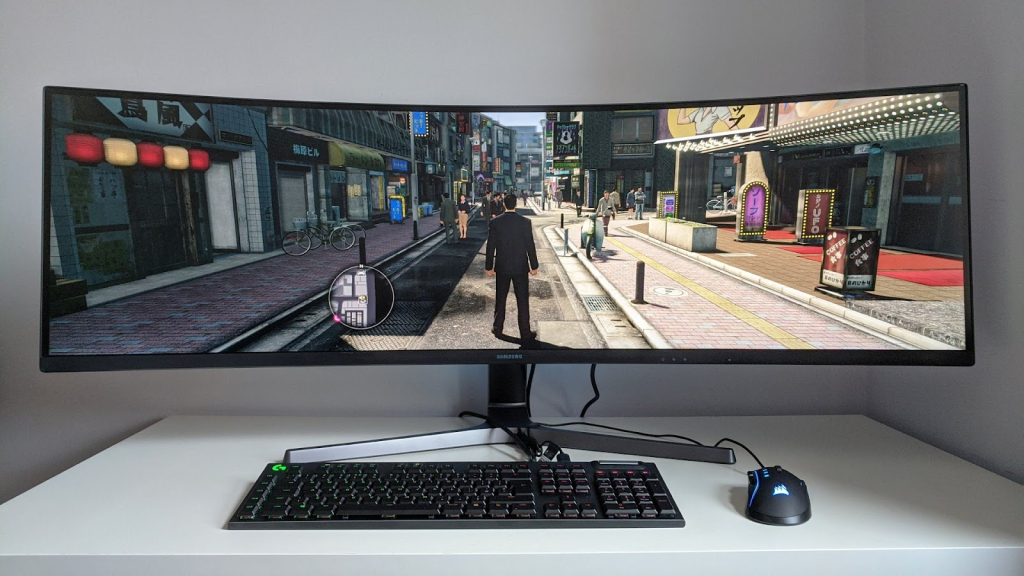Curved monitors for gaming have changed how players think about displays. The curve pulls the image closer, creating an immersive gaming experience that feels different from flat screens. The rise of curved monitors in gaming is tied to the demand for wider fields of view, less eye strain, and setups that match the way we actually see the world. Players who move from flat to curved often describe the difference as immediate—more natural, more immersive, and easier to focus on for long sessions.
Why Monitor Curvature Matters
Monitor curvature explained shows how radius ratings like 1500R and 1800R translate into real differences in viewing comfort. A curved monitor guide always starts with the basics: the smaller the number, the more aggressive the curve. That curve reduces distortion at the edges and helps the eyes stay centered on the action. For gaming, it means menus, HUD elements, and enemy movements feel like they are within your natural field of vision.
For readers who want a deeper technical breakdown of curvature ratings and examples across resolutions, the BestMonitorRadar guide expands on how monitor curvature works in practice.
1500R vs 1800R – What’s the Difference?
The 1500R vs 1800R curved monitor debate comes up whenever players compare models. Both are popular choices, and both offer immersive viewing, but the difference is noticeable. A 1500R vs 1800R curved monitor comparison shows that 1500R bends more aggressively, keeping HUD elements closer to the center. The 1800R is softer, creating a calmer viewing angle that some prefer for longer play or multitasking.
For a practical breakdown of how these curves feel in shooters, RPGs, and simulators, see the 1500R vs 1800R curved monitor review, which details how each radius affects real gameplay.
Choosing the Right Setup for Your Desk
Picking the best curved monitors depends on desk size, seating distance, and the type of games you play. A 1500R curve works best for closer seating, where immersion is the priority. An 1800R curve fits well for larger desks or when you want a balance between gaming and work. The right gaming monitor setup is not just about refresh rate and resolution—it is about how the curve matches your field of view. Multi-monitor setups also benefit from consistent curvature, keeping screens aligned without breaking immersion.
Final Thoughts
Curved monitors are now standard in gaming discussions. They are not just design trends—they are part of how players chase an immersive gaming experience. Choosing between different radii means balancing comfort, focus, and desk layout. A BestMonitorRadar guide will give you the numbers and the specs, while a Mamija Gaming curved monitor guide will show how those specs feel in actual games. For players, that mix of data and experience is the best way to decide which curved monitor belongs on the desk.




![‘Jay Kelly’ Review – Noah Baumbach Makes A Case For The Magic Of Movie Stardom [NYFF 2025] ‘Jay Kelly’ Review – Noah Baumbach Makes A Case For The Magic Of Movie Stardom [NYFF 2025]](https://cdn.geekvibesnation.com/wp-media-folder-geek-vibes-nation/wp-content/uploads/2025/11/Jay-Kelly-JKELLY_20240523_15320_C2_R-300x180.jpg)

